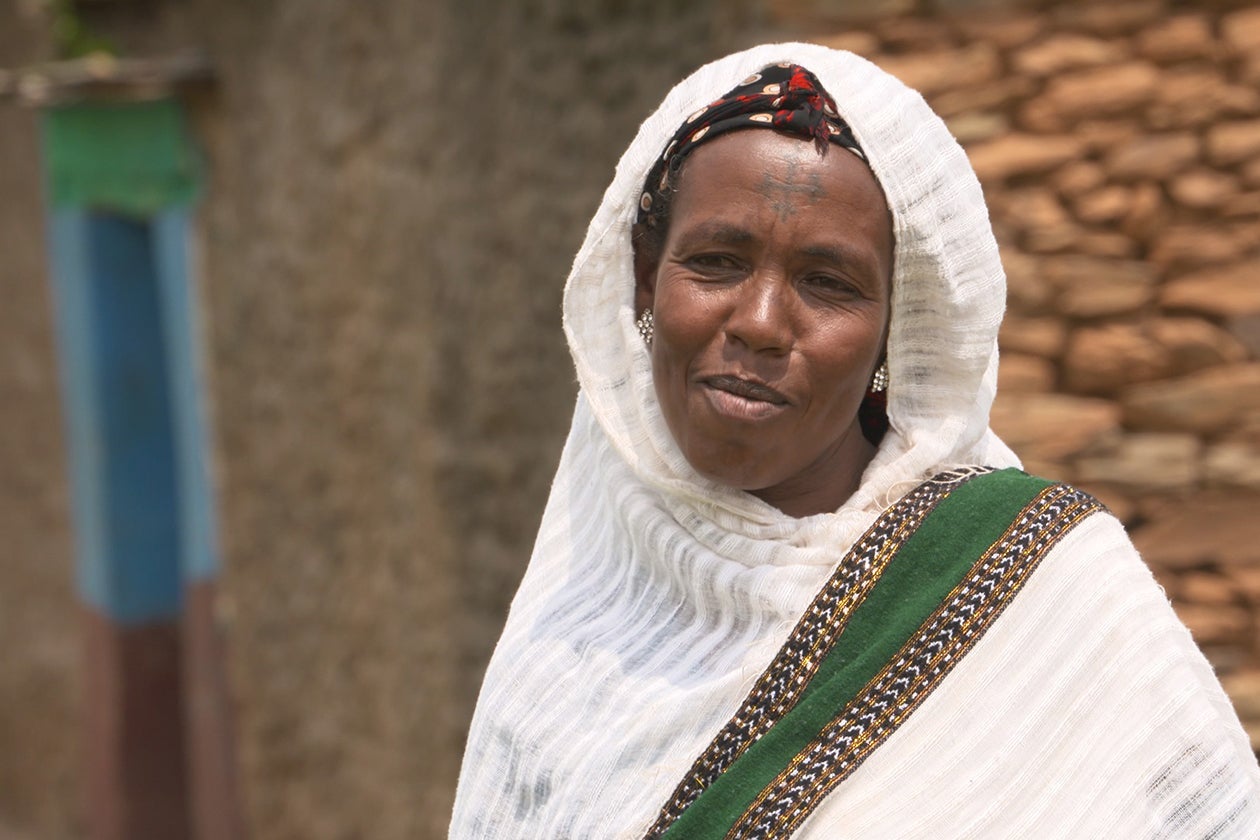Key Points
Ethiopia’s community health worker program’s rapid expansion, national scale, comprehensive services, integration into the primary healthcare system, and impact, make it a global exemplar.
The program’s 40,000 full-time paid health workers and three million part-time volunteers deliver a basket of preventive and curative services that closely match the country’s disease burden.
The program has improved a wide range of health indicators, including tripling immunization rates for rural children and reducing under-five mortality by more than half.

Ethiopia emerged from 17 years of political instability and war in 1991 with some of the world’s worst health indicators. Maternal mortality, for example, was among the highest in the world, with more than 15,000 women dying in childbirth each year.
A new government pledged to change this, but ten years later, a critical 2001 evaluation revealed the country was making little progress toward achieving its goals, as the maternal mortality ratio — along with many other health indicators — hadn’t budged.
The challenge was easy to see: six out of ten Ethiopians had no access to health care. There were few health providers and a very limited number of health facilities, especially in rural areas. More than 80% of the population in Ethiopia resides in remote rural areas far from health facilities. As a result, coverage of key health services such as immunizations, treatment for childhood illness or maternal and newborn care were very low. This was the perfect match for a community health worker (CHW) approach.
In 2004, the government launched its response through two programs: the Accelerated Expansion of Primary Health Care Coverage expanded the network of brick-and-mortar health centers and health posts, and the number of associate nurses and administrators staffing those clinics, and the Health Extension Program established a corps of prevention focused Community Health Workers. Together, the two initiatives transformed Ethiopia’s health sector.
The robust, coordinated, and government-led, community-based Health Extension Program utilizes salaried and well-trained villagers to serve their rural neighbors. Building on the lessons learned during earlier national and global CHW programs, the Health Extension Program includes close supervision of CHWs, formal and standardized training and remuneration for CHWs, and critical links to the wider health system.
There are several aspects of Ethiopia’s Health Extension Program that mark it as a global exemplar - its rapid expansion, its national scale, the comprehensiveness of the services it provides, its integration into the primary healthcare system, and its impact.
Since launching the Health Extension Program, Ethiopia’s Ministry of Health has recruited, trained and deployed approximately 40,000 full-time salaried Health Extension Workers (HEWs). An additional cadre of three million volunteer assistants - one for every six families in the country - was later added.
At the outset of the Heath Extension Program, HEWs provided a basket of 16 critical preventive health services. Those services subsequently expanded to include curative services for malaria, tuberculosis, and pneumonia, among other easily treatable conditions. Three million volunteers assist HEWs with activities including immunization campaigns, keeping track of pregnancies and illnesses, and leading behavior change communications programming. Together, they provide a package of services that closely mirrors the disease burden in rural Ethiopia.
There is evidence that the program has improved a wide range of critical health indicators. The percentage of rural women who have received four or more antenatal visits increased by a factor of four, immunization rates for rural children more than doubled, and the percentage of rural children with acute respiratory infections receiving antibiotics by a factor of nine, all between 2000 and 2016.
As a result, the government of Ethiopia and the global health community have credited the Health Extension Program with helping the country achieve most of the health-related Millennium Development Goals, including a 67 percent reduction in under-five mortality, a 71 percent decline in maternal mortality ratio, a 90 percent decline in new HIV infections, a 73 percent decrease in malaria-related deaths, and a more than 50 percent decline in mortality due to tuberculosis.
Health Extension Workers contributed to these national gains through their work delivering basic primary care. Before the introduction of the Health Extension Program, 64 percent of the national population had access to health services. Five years after the introduction of the program, that number had increased to 92 percent.
The Health Extension Program, Ethiopia’s flagship health program, proved to be a key tool in resolving the country’s health system challenges of low access to health care and low demand for health services, and was essential in efforts to achieve universal health coverage.

